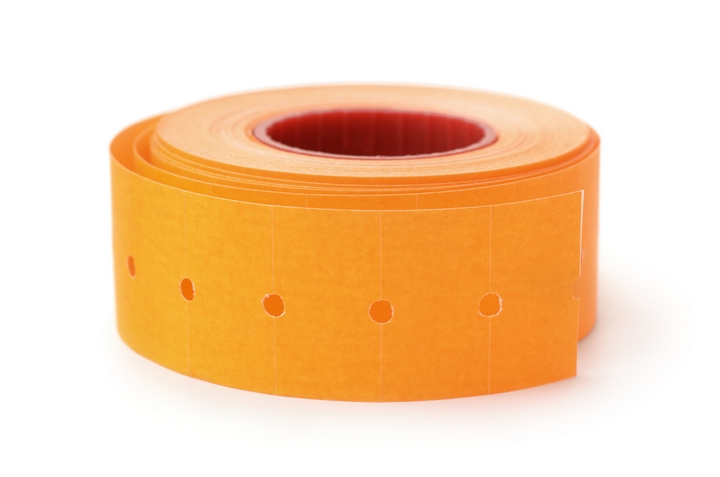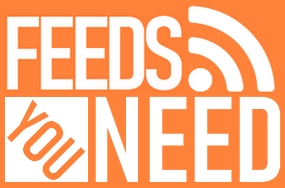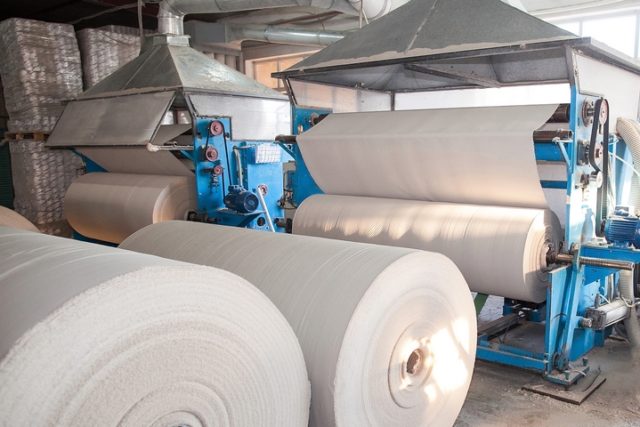Flexographic printing has been around for a long time, with various improvements and additions to its methods. One of the reasons it has endured is thanks to the fact that it offers a number of advantages over traditional lithographic printing presses.
Generally speaking, it has a fairly quick start-up time and, due to the fact that it can print using a large variety of ink, it works on just about any substrate. Plastics, metallic films, cellophane and paper can all be used with flexography and it is generally considered a smart way to go for bigger print jobs that need to be completed quickly. It is fast and reliable and therefore has become a favourite in many different uses.
Here are some of the most common places you are likely to see flexographic uses:
1. Food and medical packaging

Importantly for food and medical packaging, flexographic printing is able to use non-toxic inks that dry quickly. This means these is no risk of using it to label things like milk carton or food containers. It has been a favourite of the food packaging industry for a long time and therefore you are also likely to see it on a variety of disposable cups and other containers.
This same food-safe characteristic also makes it a go-to for printing the labels and packaging that goes onto medicine, in addition to medical supplies. Due to the fact that it can print on so many different surfaces, you will see flexography being used to print labels on foil wrappers, hygienic bags, plastic, and even cardboard packaging.
2. Brown corrugated boxes

Speaking of printing on cardboard packaging, flexographic printing’s ability to print on a wide variety of substrates and surfaces make it an ideal method for printing on brown corrugated boxes, otherwise known as cardboard boxes, that are used in shipping and storage businesses.
Due to the fact that printing on cardboard boxes is usually relatively simple and only features one or two basic colours, flexography has proven to be the most reliable and cost-effective option time and time again.
3. Flexible packaging

Another important feature in flexography’s repertoire is its ability to print easily on non-rigid materials. Think of the rolls of materials that are used to print continuous copies of plastic and paper bags. The industrial converters that make these bags consistently choose flexography because once the machine is set up, it can run for a long time without requiring much in the way of maintenance and with very low risk of incident.
4. Self-adhesive labels

Labels, labels, label, our retail environment has become extremely dependent on everything being labeled clearly and correctly. Whether the labels will go on to be applied manually or by a machine, flexographic printing is often the first choice when it comes to actually producing the labels in the first place.
As they’ve also found many uses for them in a corporate setting, self-adhesive labels have become an important use of flexographic printing. Manufacturers love flexographic machines because they can complete large self-adhesive label jobs in a short amount of time without much hassle.
5. Print media

Although it can be hard to image the important role that the daily newspaper once played, it is important to remember that print media has not disappeared completely and that many people still like to get their news or information in a hard-copy version.
Flexographic printing has always played an important function in the production of flyers, posters, and newspapers because it is quick at completing large jobs. Although we don’t see as many newspapers being printed today as we once did, flexography is still used for this purpose.






